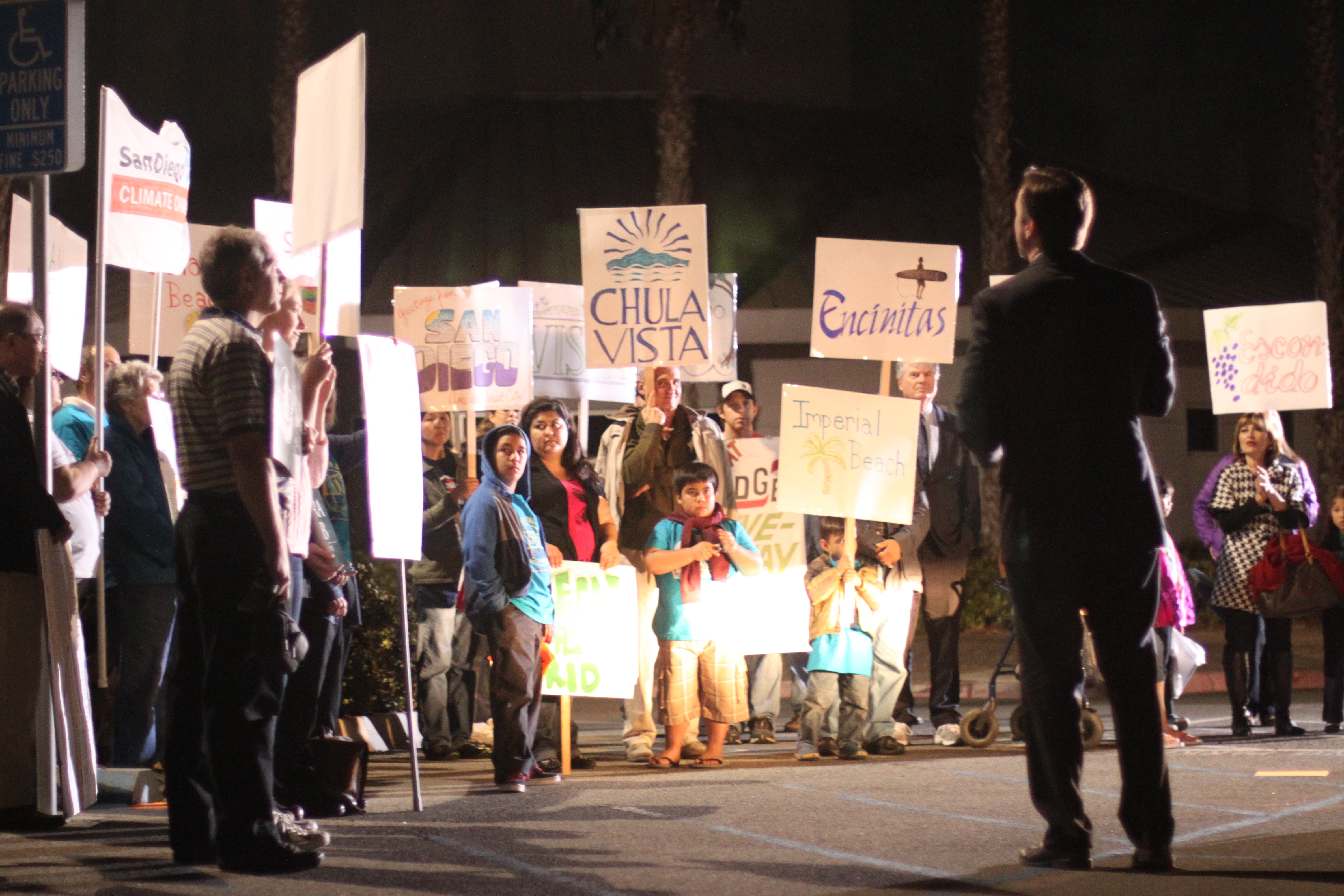Valentines Day is upon us, and so are candies, chocolates, flowers, nice dinners, you name it. But before you fall head over heels into this holiday, learn how to protect your loved one, partner, girlfriend, parents and children from the hazards of lead. We know, it may seem like that last thing you want to think about on a day like today, but lead can be found in certain candy and make-up - two things not uncommon on Valentines Day. 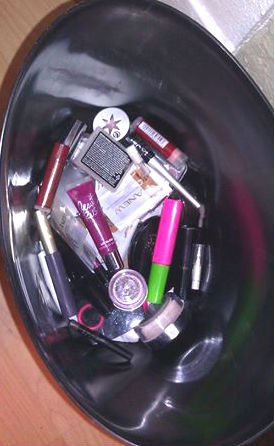
CANDY
While most candies don't contain lead, there are still a few that do (mostly candies exported from other countries). This happens when the lead in the candy wrapper leaches into candies containing tamarind and chile because of the acid in the ingredient. This Valentines day, instead of taking a risk with candy, buy alternative loving gifts such as flowers or a card.
Click here for a list candies with unsafe lead levels.
More so than adults, children are most susceptible to lead poisoning. EHC conducts outreach in low-income communities to identify and eliminate sources of lead poisoning. Please call today if you want to a home lead test, and learn more about lead poisoning in children here.
MAKE-UP
Ladies, check your lip gloss. Recently, many popular lipsticks and glosses have been found to have traces of lead and up to eight other toxic metals including titanium, copper and nickel, to name a few. Questions are now being raised about the long-term effects of daily metal intake via these beauty products. Make sure the lip products you use aren't on the list of 20 lipsticks containing the most lead.
You can also try this personal test on your own lipsticks to make sure they are safe to use.
1. Put some lipstick on your hand
2. Use a gold ring to scratch on the lipstick
3. If the lipstick color changes to black then you know it contains lead
4. Share this information with your girlfriends, wives and female family members
To avoid the risk of absorbing any lead, stick with a non-candy gift and ladies, go au-natural. Happy Valentines Day, from EHC!


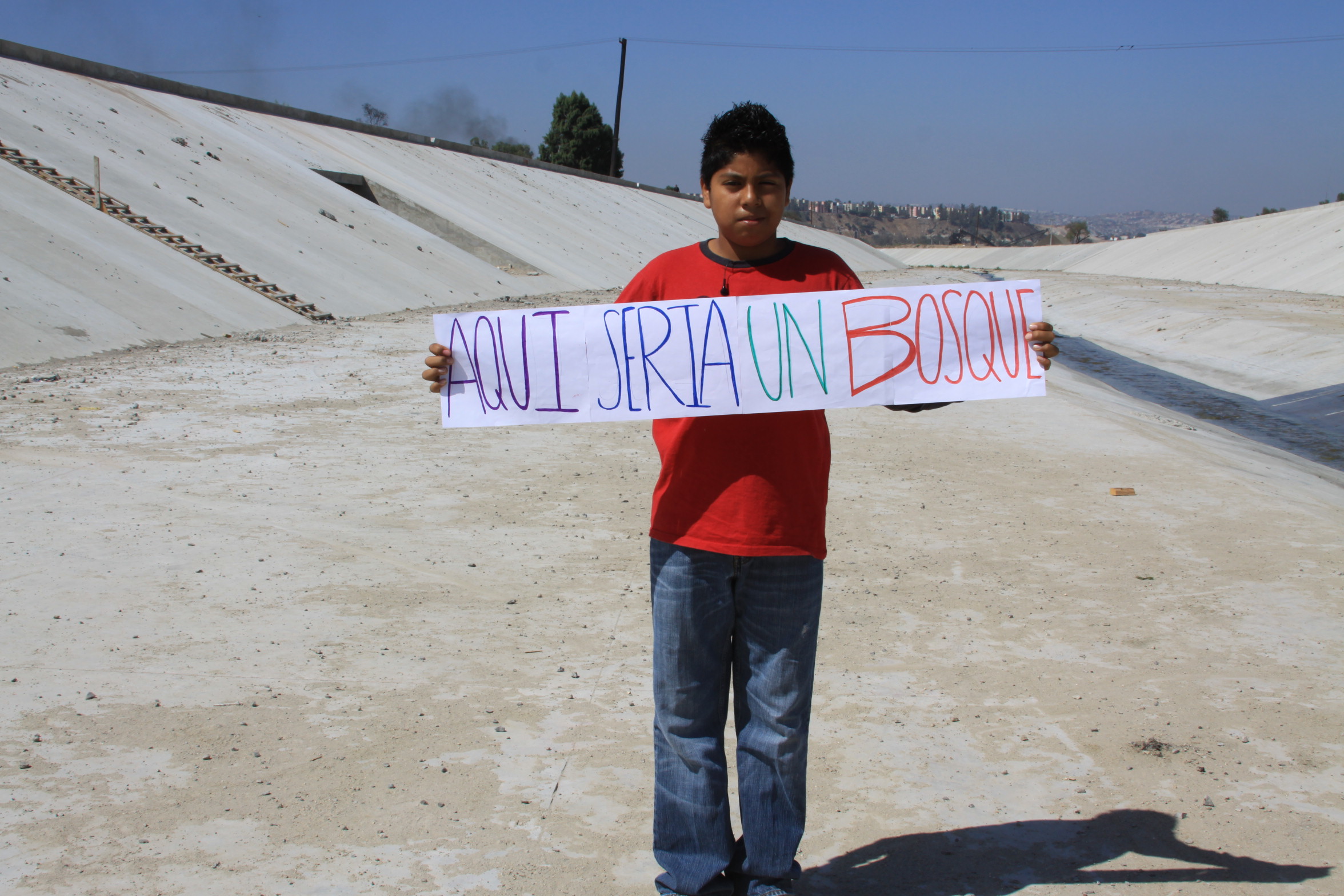 El próximo sábado 15 de febrero en punto de las 9:00 de la mañana Environmental Health Coalition junto con otras 14 organizaciones de la sociedad civil de Tijuana y la campaña
El próximo sábado 15 de febrero en punto de las 9:00 de la mañana Environmental Health Coalition junto con otras 14 organizaciones de la sociedad civil de Tijuana y la campaña  Después de dos años de campaña la coalición Alamar y la campaña Alamar Sustentable, hemos logrado integrar la
Después de dos años de campaña la coalición Alamar y la campaña Alamar Sustentable, hemos logrado integrar la 
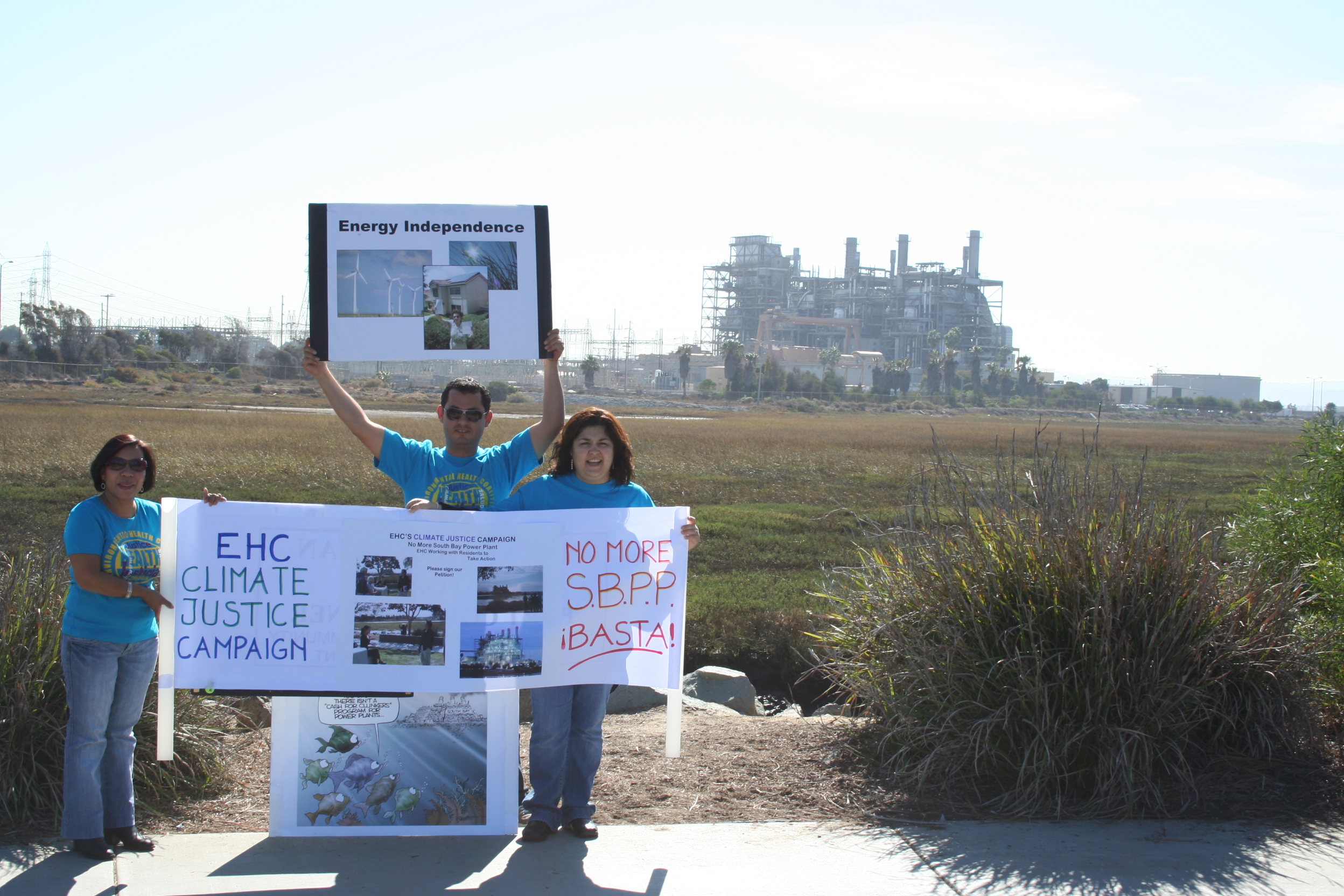

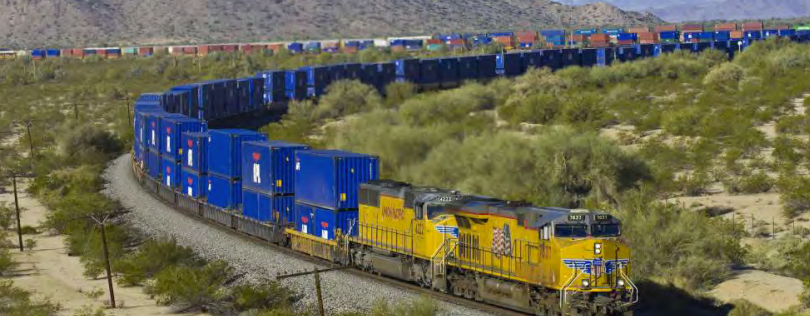 A new report released this month by the California Cleaner Freight Coalition
A new report released this month by the California Cleaner Freight Coalition